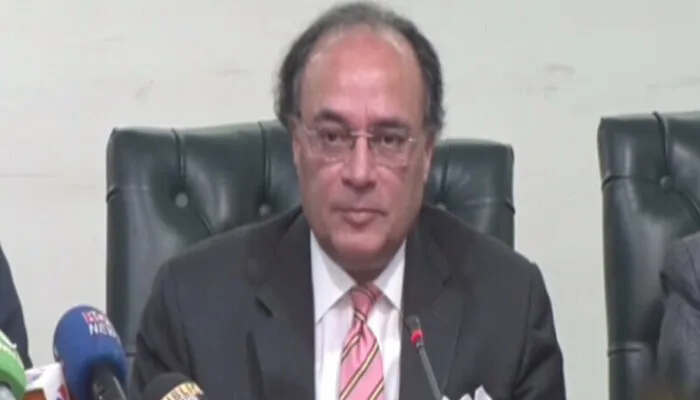
China has enforced a sweeping retaliatory tariff of 84 percent on all U.S. goods, marking a dramatic escalation in the ongoing trade war between the world’s two largest economies. The new levy, effective from 12:01 a.m. Eastern Time on April 10, increases the previous 34 percent rate by 50 percentage points. This move, while firm, was paired with a call for dialogue based on mutual respect and equality.
Sharp Trade Response from Beijing
The hike was announced by China’s State Administration Council and affects all American imports into China. In 2024, these imports totaled $143.5 billion, according to the Office of the U.S. Trade Representative. This is the second major tariff response by China, following the U.S. raising duties on Chinese imports to 125 percent.
This coordinated action illustrates China’s commitment to defending its economic interests, even as it expressesopenness to negotiation.
Dialogue, Not Pressure
China’s Ministry of Commerce emphasized that while the country is ready to talk, the discussion must be on equal footing. Ministry spokesperson He Yongqian said, “Pressure, threats, and blackmail are not the right way to deal with China.” He added that China will “follow through to the end” if the United States continues its aggressive tariff policy.
The message was clear: China remains open to engagement but will not yield under coercion.
Read: China Hits Back with 84% Tariff on U.S. Goods
Global Economic Warnings
As the trade conflict intensifies, global economic leaders have voiced strong concerns. World Trade Organization (WTO) Director-General Ngozi Okonjo-Iweala warned that prolonged tensions could slash U.S.-China trade by up to 80 percent. She highlighted the risk of a divided global economy, potentially reducing global real GDP by nearly 7 percent.
Okonjo-Iweala’s remarks underline the broader implications of this bilateral dispute. A fragmented global trade environment could affect supply chains, commodity prices, and long-term economic stability worldwide.
U.S. Retreats from Global Tariff Push
In a partial walk-back, U.S. President Donald Trump recently announced a 90-day pause on new “reciprocal” tariffs for about 60 countries, excluding China. A baseline 10 percent tariff remains in place during this period. The announcement was intended to calm markets after a major stock selloff and mounting recession fears.
However, Trump’s move does little to ease the U.S.-China standoff. The targeted nature of China’s retaliation and its rejection from the pause list indicate that this particular trade battle is far from over.
High Stakes, Uncertain Outcomes
The current clash has raised the stakes significantly. With both countries digging in, the possibility of a near-term resolution appears slim. Markets in Asia and Europe have already reacted, with major indices falling amid the uncertainty.
Yet, despite the tension, Beijing’s willingness to keep diplomatic channels open may offer a glimmer of hope. Whether this leads to resolution—or further escalation—remains to be seen in the coming weeks.
Follow us on Google News, Instagram, YouTube, Facebook,Whats App, and TikTok for latest updates











